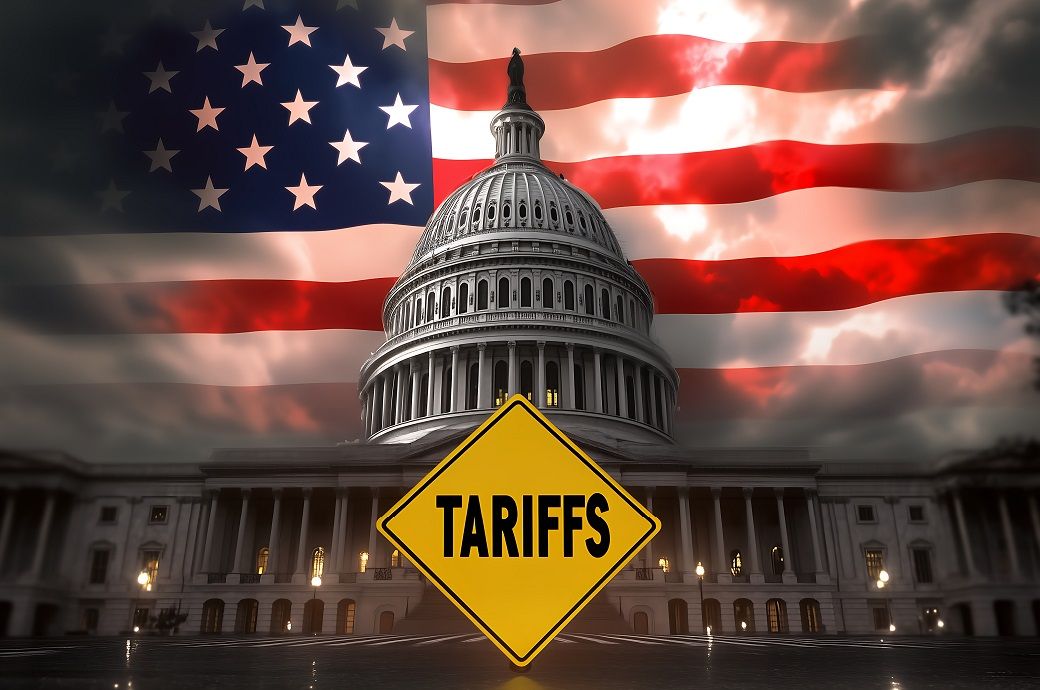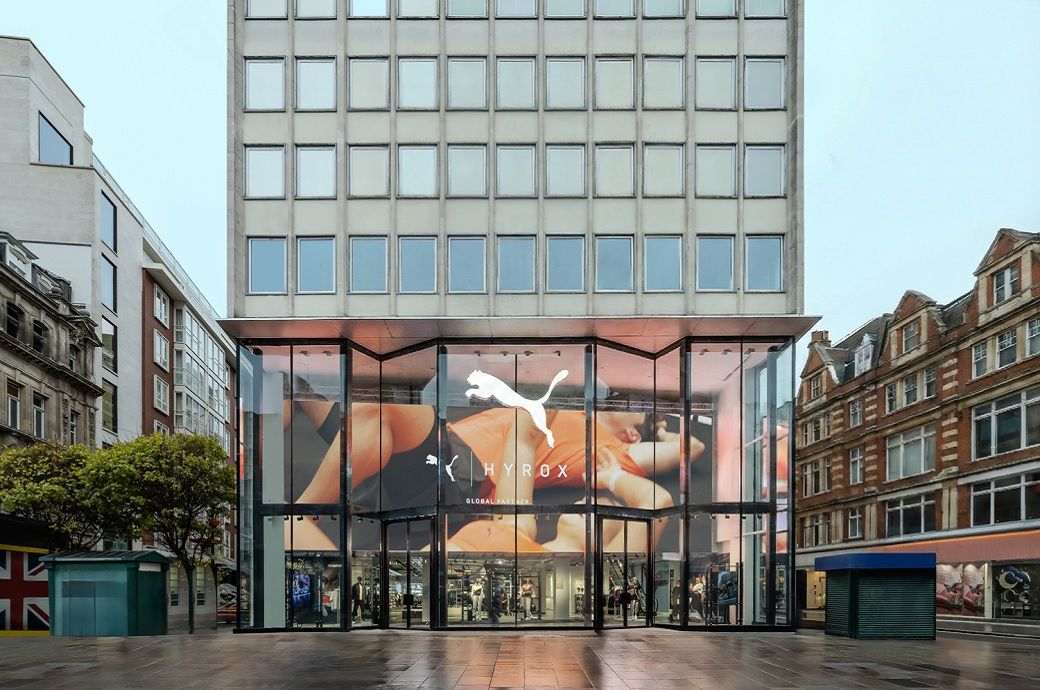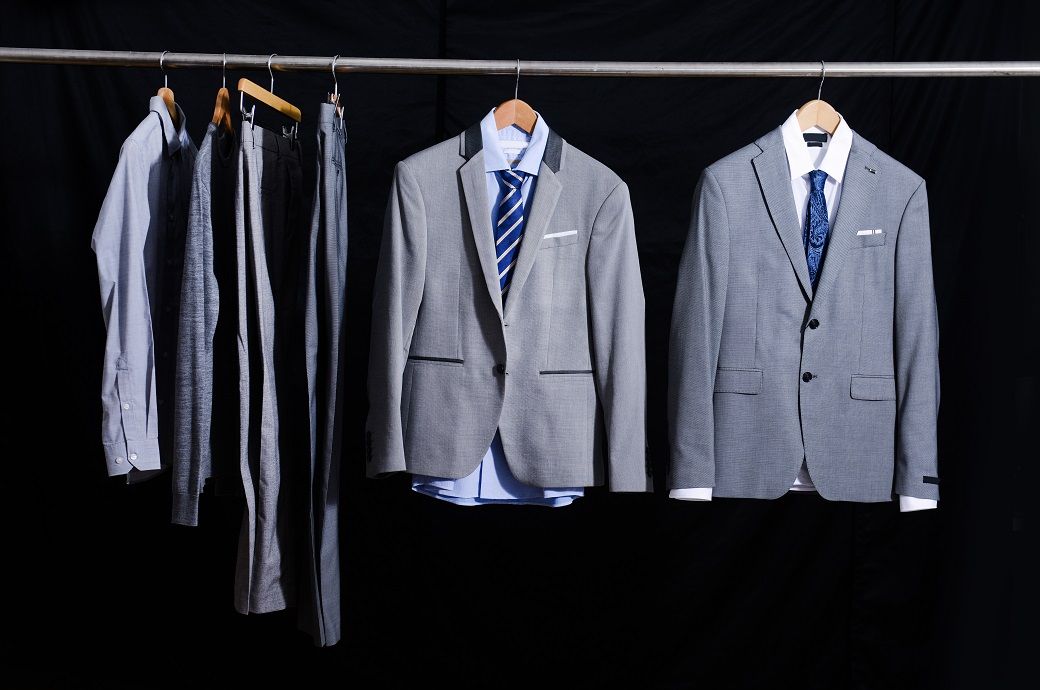
This has also led to trade uncertainties while impacting the global supply chains.
Countries like Bangladesh, Vietnam, Cambodia, Pakistan, etc., benefit from more favourable tariffs (19–20%), while India and Brazil face steep 50% duties—affecting their competitiveness in the US market.
Industry experts emphasise need for collaborative approach to global trade to create a more predictable, fair trade environment that prioritises competitiveness over geopolitical manoeuvring.
“The return or intensification of protectionist trade policies—such as the tariffs introduced under the Trump administration—continues to disrupt the global apparel trade ecosystem. These measures have accelerated a structural shift in sourcing strategies, pushing brands to diversify away from China and seek alternative suppliers in Southeast Asia, South Asia, and Central America,” maintained Cem Altan, President of the International Apparel Federation (IAF), in a recent interaction with Fibre2Fashion, adding, “While some countries benefit from this redistribution, it creates significant volatility for apparel-producing nations that depend heavily on exports to the US.”
The reciprocal tariffs on various global trading partners have now taken effect—just after midnight in New York on August 7—increasing the cost of exporting goods to the US. This landmark trade policy follows months of delays in the rollout of Trump’s so-called “reciprocal” initiative, alongside numerous bilateral trade negotiations—some of which led to deals that prevented even steeper tariffs.
However, not everyone was lucky enough to escape steep tariffs!
For India, the situation worsened when the US imposed an additional 25 per cent tariff due to its crude oil imports from Russia (to be implemented from August 27), on top of the 25 per cent reciprocal tariff already in place. Conversely, many other countries managed to secure more favourable trade deals.
As it stands, India and Brazil are subject to the highest tariff rate of 50 per cent, while many of India’s competitors in the apparel and textile domain are in a more advantageous position.
With a revised reciprocal tariff rate of 20 per cent, Bangladesh has gained a clear edge over many competitors. This new certainty brings stability to its garment industry, supporting ancillary sectors and preserving around 4.4 million jobs, mostly women.
To maintain its lead, Bangladesh must now focus on innovation in sustainable and high-value fashion, leveraging its production scale and cost advantages, according to many in the industry. However, others note that despite the competitiveness restored by the 20 per cent tariff, challenges such as infrastructure bottlenecks—power and gas shortages—remain.
Moreover, Vietnam could also emerge as a tough competitor; even though not everyone agrees with this.
Speaking to Fibre2Fashion, Greg Fleming, a veteran in Vietnam’s apparel operations and supply chain, noted that while Vietnam may have an edge over Cambodia, the same does not necessarily apply to Bangladesh. This is because Bangladesh and Vietnam cater to different product segments in the US market and thus are not in direct competition.
Greg further explained that Bangladesh also holds an advantage in terms of labour costs, which are cheaper and more affordable than those in most competitor nations.
Vietnam, meanwhile, has shown remarkable economic resilience, posting a 7.52 per cent GDP growth in the first half of in 2025—the fastest in 15 years, as per reports. The revised 20 per cent tariff on most Vietnamese exports to the US is expected to help Vietnam increase its exports to the US.
As per some reports, in the first half of the year, Vietnam exported apparels worth $7.77 billion to the US and now commands a 19.79 per cent share of US’ apparel imports.
“Due to the reciprocal tariffs, purchase orders will shift away from China. A large portion of the higher-value apparel orders will come to Vietnam now,” a Vietnamese industry player claimed.
According to experts, Vietnam’s strategy to diversify trade—including through FTAs like CPTPP and RCEP—will also help the country to expand exports to other markets.
Meanwhile, another Southeast Asian garment exporting country, Cambodia, has welcomed the revised 19 per cent US tariff as a major relief.
Garment and footwear manufacturing is Cambodia’s primary economic engine. The tariff, initially set at 49 per cent, then reduced to 36 per cent and ultimately finalised at 19 per cent, was even lauded by the country’s Prime Minister even as Deputy Prime Minister Sun Chanthol emphasised that the 19 per cent tariff helped prevent the collapse of the critical garment and footwear sector, ensuring competitiveness with global peers, as per media reports.
Cambodia is a major supplier of low-cost clothing to Western brands, with garments comprising the bulk of its around $10 billion in exports to the US last year, according to some estimates.
Indonesia’s textile and fashion industry is also hopeful of maintaining exports to the US, thanks to the bilateral trade deal that reduced planned tariffs from 32 per cent to 19 per cent.
The country’s Minister of Trade, Budi Santoso, reportedly noted that the 19 per cent US tariff benefits Indonesia, as its main competitors—China, Vietnam, and India—face higher rates. Media reports cited the minister saying that with lower tariffs than these rivals, Indonesian goods could gain a competitive edge in the US market.
As per industry stakeholders, Indonesia’s current position is similar to that of Malaysia, Thailand, and the Philippines, which also face 19 per cent tariffs.
However, some argue that Malaysia, Thailand, and the Philippines are not direct competitors to Indonesia in the US export market. Hence, there is significant potential for Indonesia, particularly in comparison to India, its main rival in the apparel and textile sector, they felt.
Sri Lanka, too, has welcomed the announcement of a 20 per cent US tariff on its exports—a 24 per cent cut from the initially proposed rate.
Industry stakeholders believe this puts Sri Lanka on “level ground” with competitors.
“We are on level ground with our competitors, so we must see how we should work further to gain advantage of this,” an apparel exporter said, adding that the revised tariff could also open doors for fresh investments.
This 20 per cent rate aligns Sri Lanka with other key garment-exporting nations such as Bangladesh and Vietnam.
The Joint Apparel Association Forum (JAAF) also welcomed the revised reciprocal tariff rate on Sri Lankan exports to the US and praised the Sri Lankan Government’s efforts in securing this vital outcome for the apparel sector.
The new tariff structure brings Sri Lanka closer to other leading exporters in the region—including Bangladesh, Cambodia, Vietnam, Indonesia, and Pakistan—ensuring a more level playing field in the US market.
Pakistan, too, appears to benefit from a 19 per cent tariff on its clothing exports under the revised US tariff structure announced by President Trump—a notable reduction from the earlier proposed 29 per cent rate.
According to media reports, the Ministry of Foreign Affairs of Pakistan welcomed the “successful conclusion” of tariff discussions with the US, stating that the 19 per cent tariff reflects a “balanced and forward-looking approach” by US authorities, keeping Pakistan competitive against other South and Southeast Asian nations. It added that Pakistani exporters and trade bodies must now adopt an aggressive and focused marketing strategy to make the most of this development, as per reports.
However, some industry voices caution that the new tariff regime—combined with rising domestic production costs—still presents challenges to Pakistan’s global competitiveness.
China and the US, meanwhile, are set to face an August 12 deadline to extend their tariff pause with Trump amping up threats of higher duties, citing China’s purchase of Russian oil, as per reports, even as US Commerce Secretary Howard Lutnick reportedly indicated the truce may be extended by another 90 days during his recent media interactions.
The apparel industry, operating on thin margins and long, interconnected supply chains, will face ramifications in varying degrees due to reciprocal tariffs imposed by US, even as the unpredictability in trade policy acts as a major deterrent to long-term planning and capital investment, experts held. While the IAF President in his recent interaction with Fibre2Fashion noted that rather than resorting to unilateral tariffs, global stakeholders should work together to create fair, open, and future-proof trade environments that reward competitiveness, not geopolitics.
Fibre2Fashion News Desk (DR)






